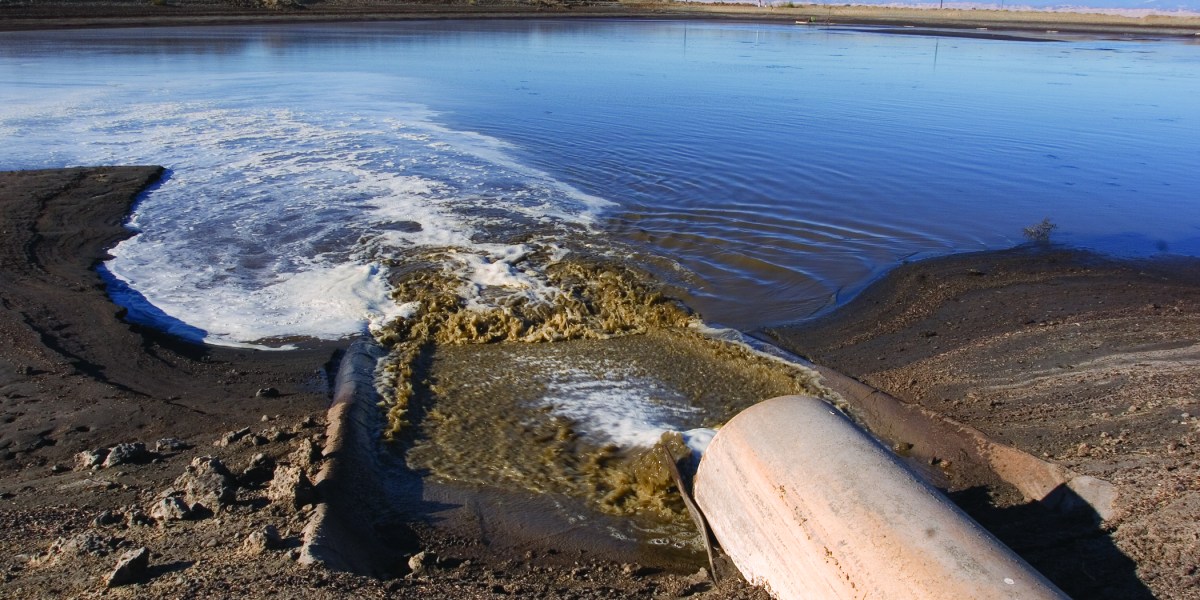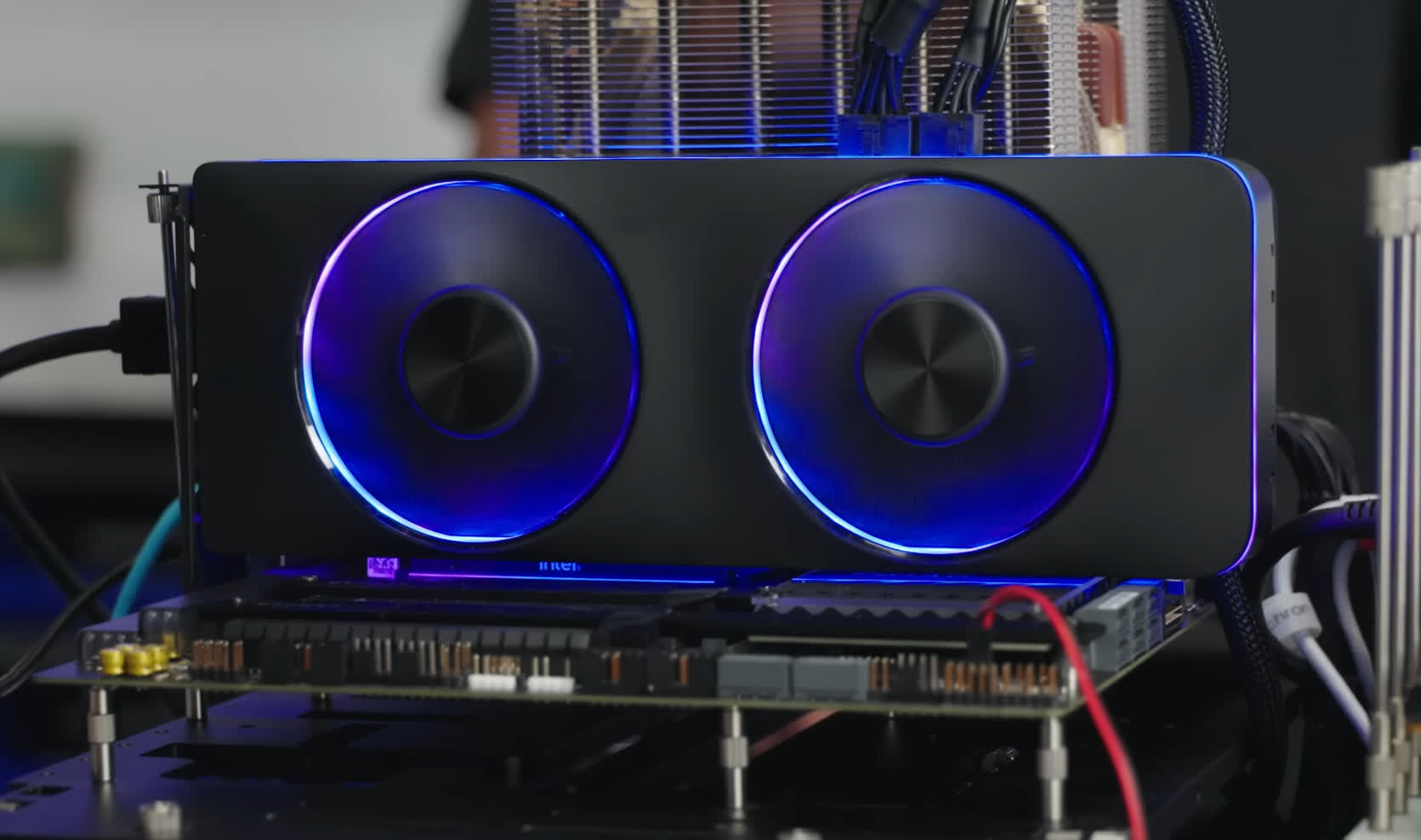[ad_1]
The United States’ struggling power grid is finally getting some major upgrades. Last week, the Biden administration announced a plan that, among other efforts, will aim to bring more sources of clean energy online and install more high-voltage transmission cables across the country to transport that power where it’s needed.
On the surface, it might seem like the plan is just building on the groundwork Biden laid when he signed the bipartisan infrastructure law in November. Parts of the framework released last week focus on the sort of nitty-gritty details that might make your eyes glaze over, such as how to improve the efficiency of reviewing clean energy projects on public lands and vague mentions of supporting clean energy expansion in rural areas. But what’s really worth paying attention to are Biden’s goals for offshore wind power, which is an important energy source for regions like the northeastern US that lack the space and ample sunlight that solar energy depends on. It’s here that the new plan goes from mundane to ambitious, and it may be an indicator of how the administration intends to address issues related to climate change, energy, and jobs at the same time.
Offshore wind power generation works similarly to how land-based wind turbines work (wind turns turbine blades around a rotor, which in turn spins a generator to make electricity) — only offshore turbines are rooted in the seafloor dozens of miles off the coast, where they can catch strong ocean winds. Those winds are something the North Atlantic has plenty of, which is why the Biden administration is focusing its initial offshore wind efforts there.
As of today, the US has only seven offshore wind turbines — five in a wind farm off Rhode Island’s Block Island, and two more set up as tests in Virginia. But on February 23, the federal government will auction offshore wind leases to utilities or offshore wind energy developers in an ocean region called the New York Bight, off the coasts of New York and New Jersey. The holders of those leases will then be able to set up wind farms in the area that generate up to 7 gigawatts of energy — enough to power about 2 million homes — which would require 600 to 700 turbines.
“Offshore wind in the Western Hemisphere has never seen anything like this,” Mike Jacobs, senior energy analyst at the Union of Concerned Scientists, told Recode.
Offshore wind energy has historically been the purview of Europe, which has already built out 25 gigawatts of offshore wind capacity over the past couple of decades. The upcoming 7-gigawatt lease auction brings renewable energy generation to the Northeast in a meaningful way, and it’s just the first of many: The Biden administration said it intends to scale up offshore wind generation to 30 gigawatts by 2030. While this is still a fraction of the approximately 1,000 gigawatts Americans use each year, it would still be a sizable contribution that would help the country transition away from coal- or natural gas-fueled power plants.
Importantly, the Biden plan isn’t just about increasing clean energy generation to reduce greenhouse gas emissions; it also opens the door to an economy built around clean energy. Those 600 or 700 wind turbines will require people to build turbine components, ship them out to sea, and maintain them once they’re set up. To make that happen, the White House and Transportation Department are aiming to create nearly 80,000 offshore wind-related jobs by 2030 by investing in ports across the Eastern Seaboard — some as far inland as Albany, New York, from where turbine parts will be shipped down the Hudson River to the New York Bight.
“The administration seems to understand that energy is at the heart of an integrated problem,” said Alexandra von Meier, director of the electric grid program at the California Institute for Energy and Environment at UC Berkeley. “It relates to people’s well-being and jobs.”
It’s also a clever political move: Tying the fates of 80,000 jobs (nearly double the number of coal jobs currently in the country) to offshore wind might insulate the plan from, say, a Republican win in 2024. Still, Biden’s plan could fall short depending on upcoming election results. While the lease sale will happen in February, the process of permitting alone can take up to three years, after which building the turbines will take another two years. That’s more than enough time for a climate-denying secretary of interior with different political goals to take over and throw a wrench in the plan.
:no_upscale()/cdn.vox-cdn.com/uploads/chorus_asset/file/23179516/614802190.jpg)
Offshore wind isn’t without its detractors, either. In New England, local fishers teamed up with an oil industry lobbying group in December to oppose Vineyard Wind, a proposed 84-turbine wind farm in the waters off Cape Cod, Massachusetts; a lawsuit filed by the fishing industry is still winding its way through court. The turbines, fishers say, could negatively affect marine life. They’re also concerned that turbine towers may interfere with radar, while no-sail safety zones in the vicinity of turbines may affect their ability to reach fishing areas. The long-term impacts of wind turbines on marine life still aren’t clear, but a study in Europe’s North Sea showed turbine bases may act as artificial reefs for animals like mussels. Late last year, the Energy Department awarded Duke University a $7.5 million grant to study offshore wind’s impact on marine life, the results of which should provide a fuller picture of how turbines might affect fisheries. In the meantime, the federal Bureau of Ocean Energy Management is looking for workarounds, which is why the sale notice for the New York Bight includes provisions aimed at helping fishers, such as 2.8-mile-wide transit lanes for fishing vessels.
The challenges don’t end there: Even if the wind turbines do get built, and even if their potential impacts on marine life are minimized, there has to be somewhere for the energy they produce to go. Transmission lines — those high-voltage cables you see strung up on steel struts across vast stretches of the country — are usually built by regional transmission organizations, and Jacobs says there might not be enough of them to carry all the energy produced by those new turbines.
This is exactly the issue Germany faced in 2020, when a lack of transmission capacity in Northern Germany meant the region had to send some of its wind power to neighboring countries instead. “They had a whole lot of offshore wind arrive at the beach,” Jacobs said. “And then the German utility industry said, ‘Oh, we hadn’t really prepared for this.’”
The Biden administration seems to want to avoid having a similar situation happen in the United States. That’s why the Bipartisan Infrastructure Law includes funding for transmission lines, and the administration announced the Energy Department is launching an initiative called Building a Better Grid that will act as a sort of central planning authority for grid improvements. But it’s unclear if that transmission buildout will happen by the time offshore wind gets up and running in the New York Bight — and the administration makes no mention of distribution lines, or the lower-voltage wires that bring electricity to homes and businesses. Those are usually built in the US by local utilities, explained Kyri Baker, assistant professor of engineering at the University of Colorado Boulder, and they’re often only replaced once they become completely inoperable.
“You can have all of the clean energy and all of the high-voltage lines as you want,” Baker told Recode by email, “but without a resilient distribution grid, we’re still going to experience life-threatening power outages due to increasing extreme weather events.”
Still, von Meier remains optimistic. Pairing green energy with jobs and new transmission lines that will hold up better against climate change, she says, is an exciting first step. The Biden administration “has understood that there’s really sort of this triple need of addressing climate, addressing resilience, and addressing equity. And I think they’ve understood that it’s an opportunity with clean energy to address all three of those together.”
This story was first published in the Recode newsletter. Sign up here so you don’t miss the next one!
[ad_2]
Source link















